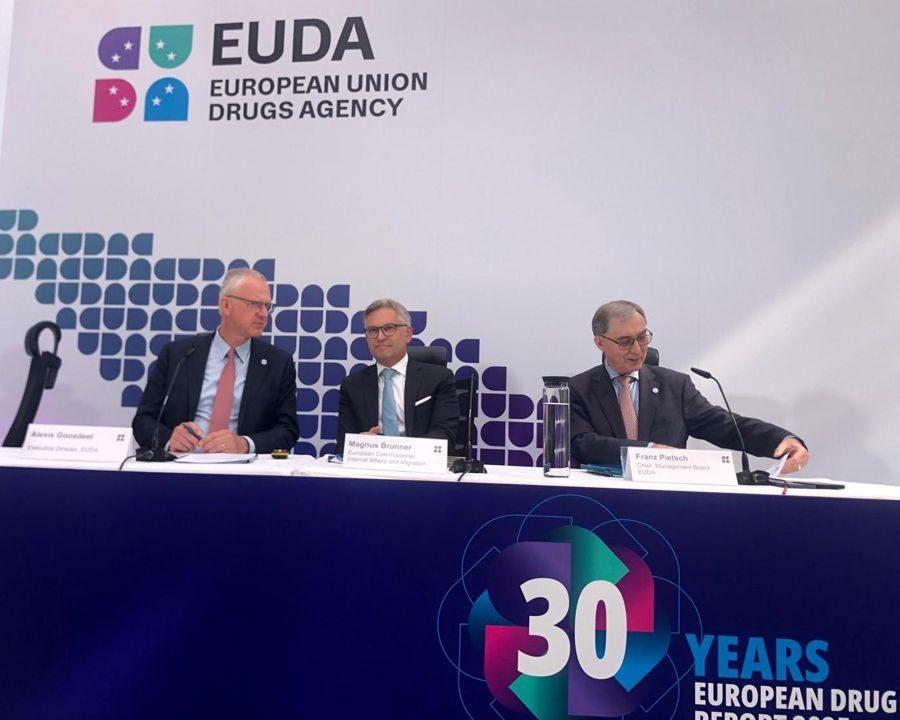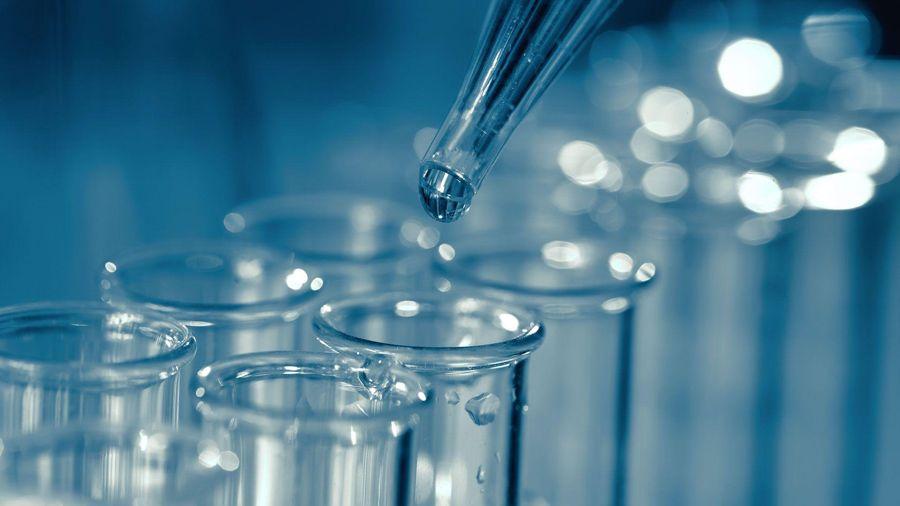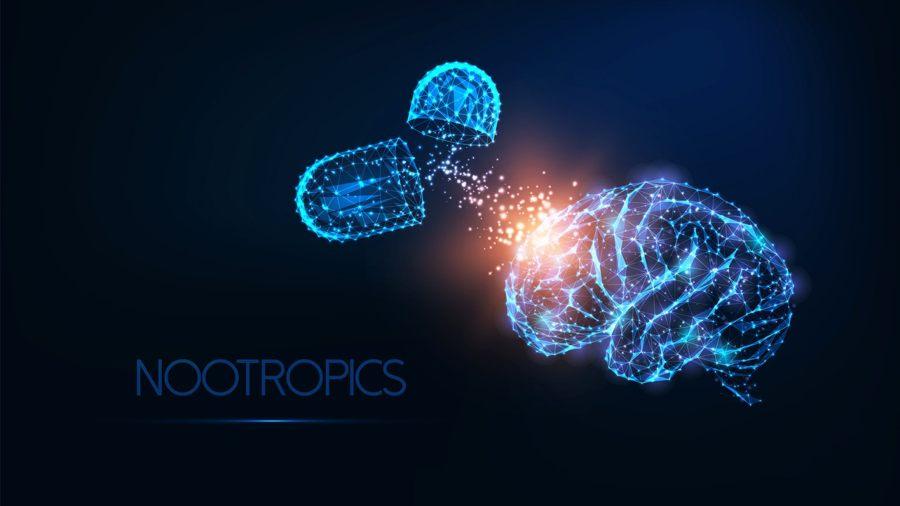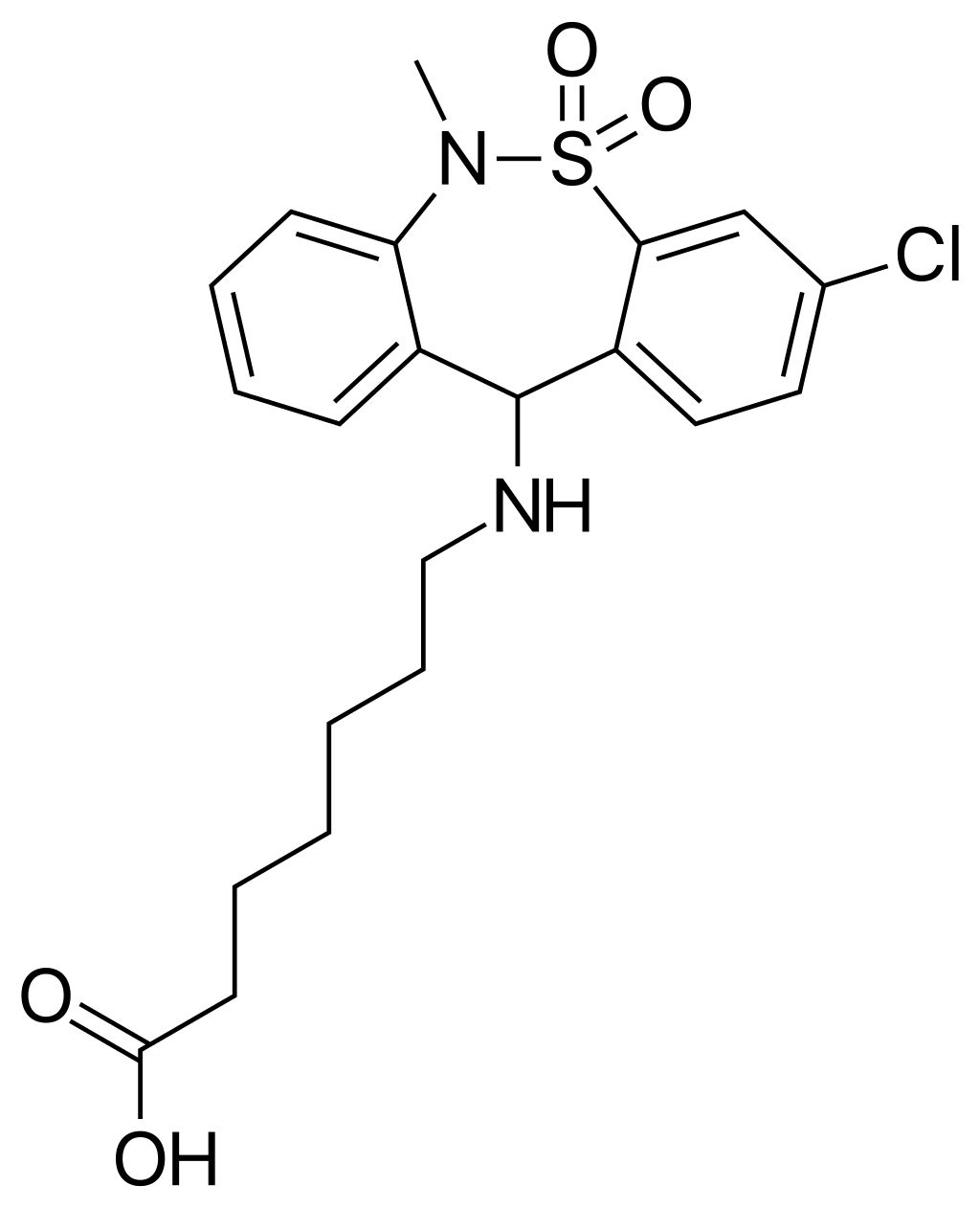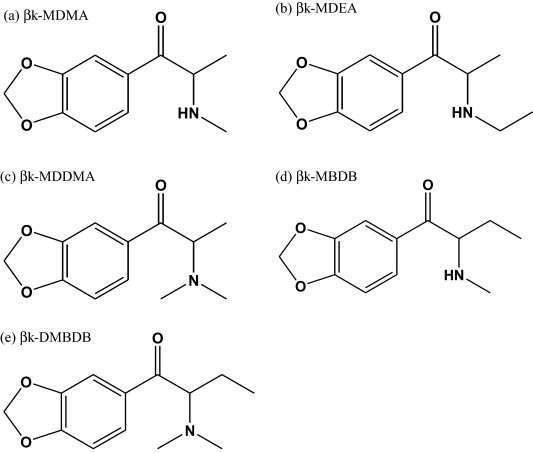Classification and properties of benzodiazepines
These substances produce a wide variety of diverse effects, which include sedation, drowsiness, decreased anxiety, skeletal muscle relaxation, amnesia (forgetting situations from the administration of a substance) and anticonvulsant activity. Despite the fact that all benzodiazepines (BDZ) have similar effects, there are differences in the selectivity with which each of them causes some of theRead More



